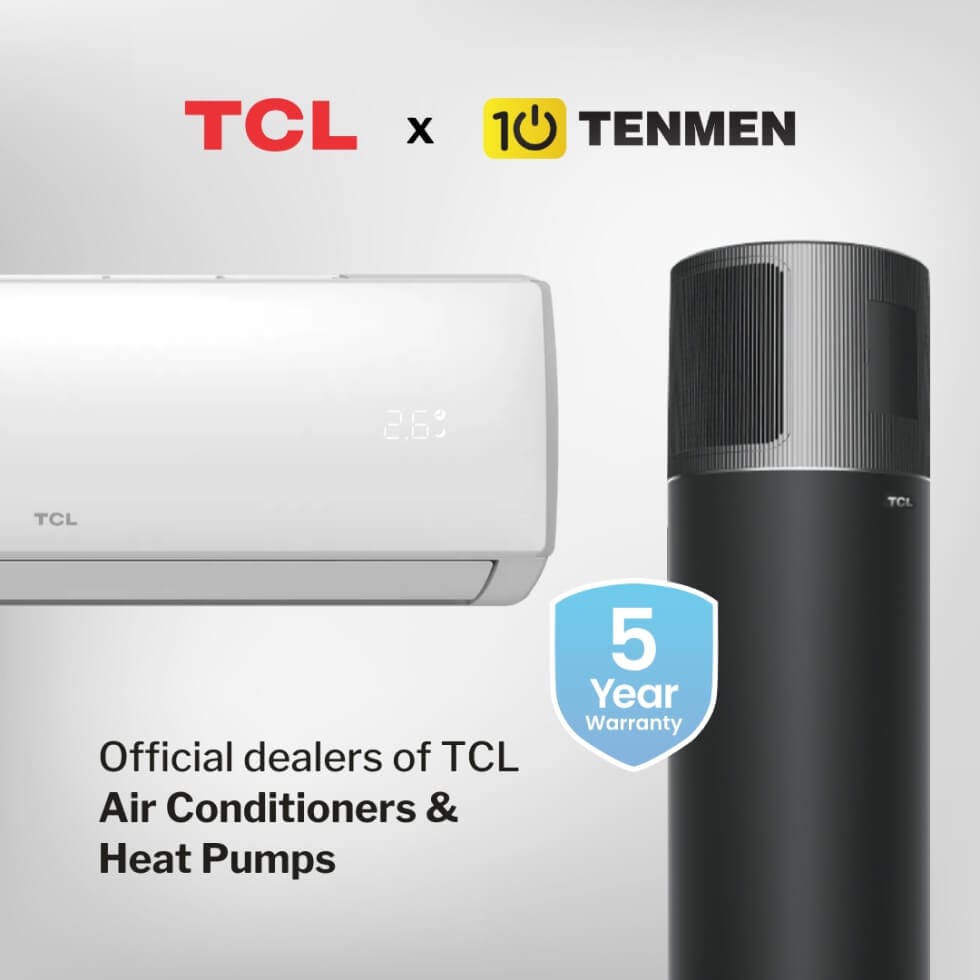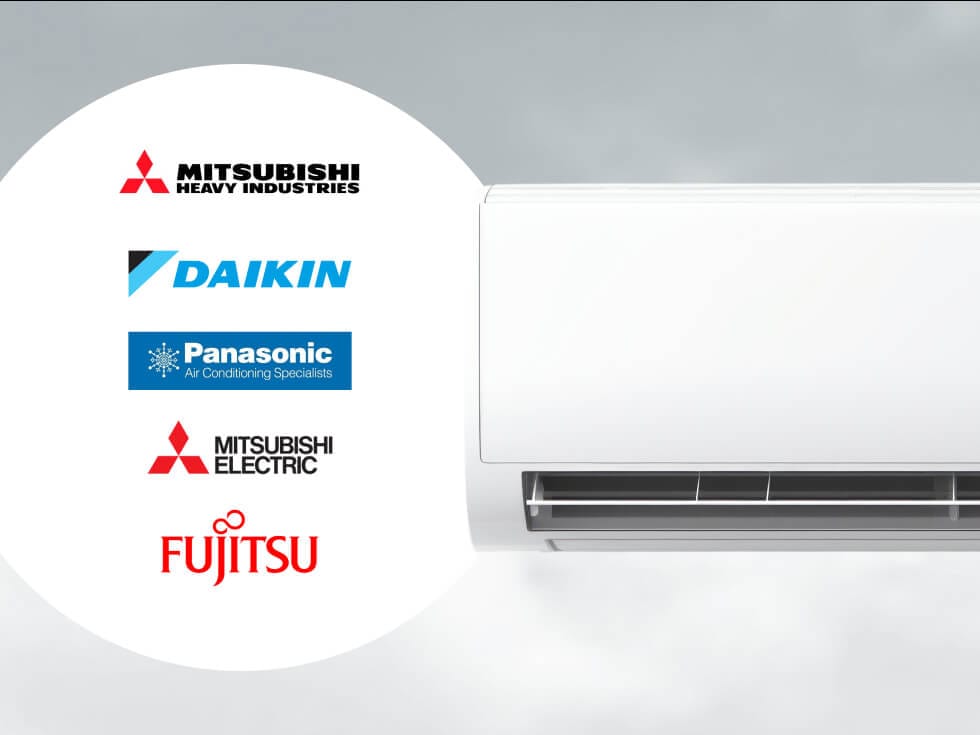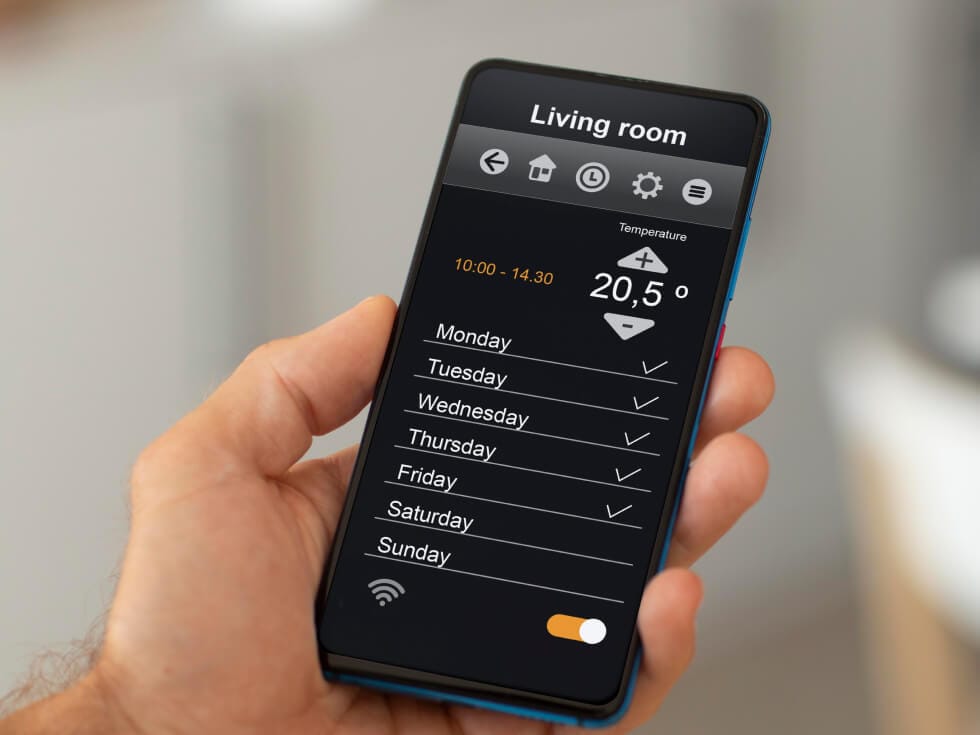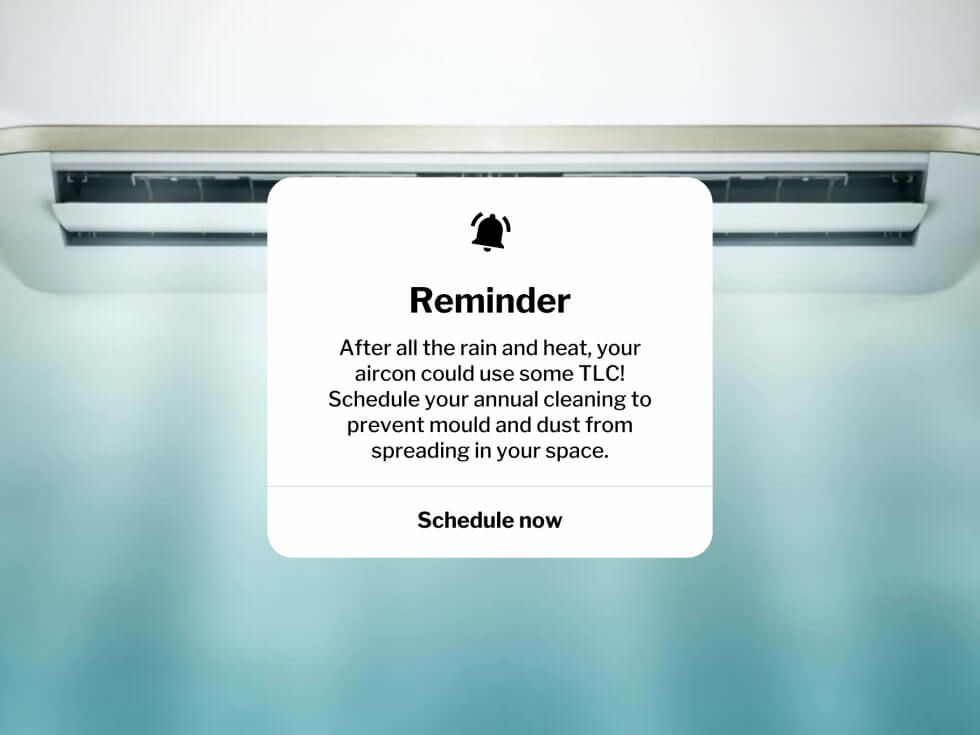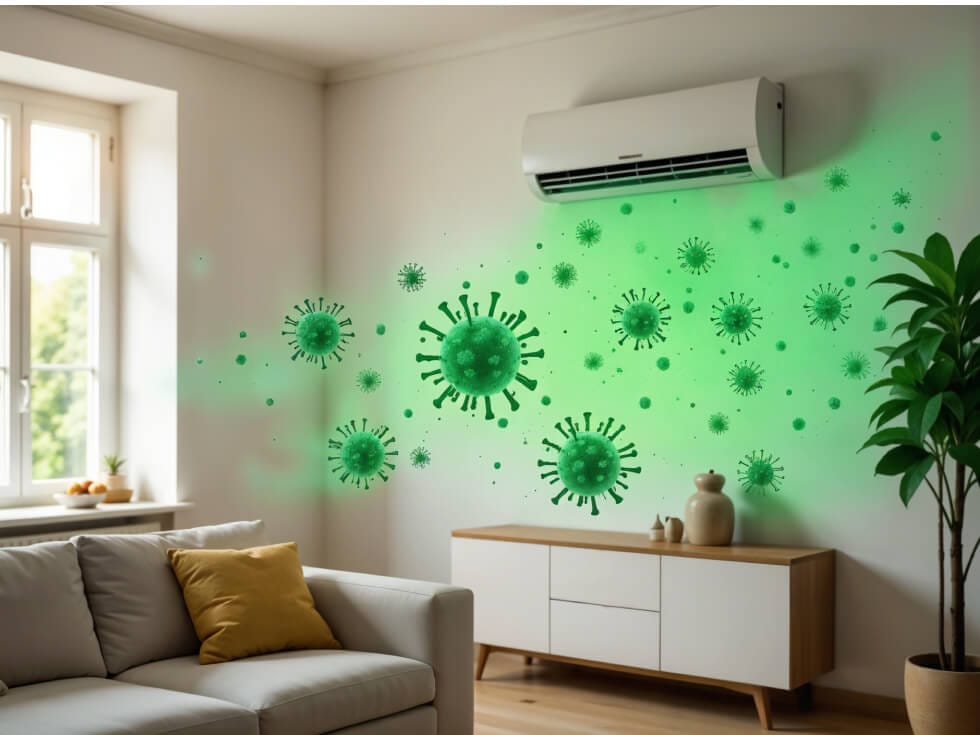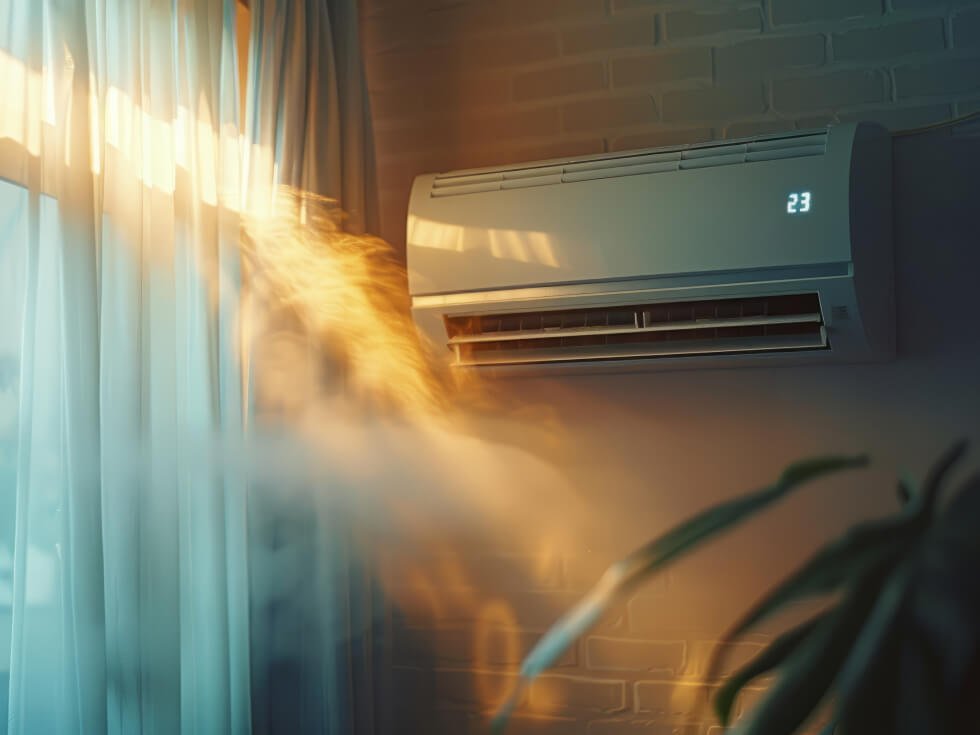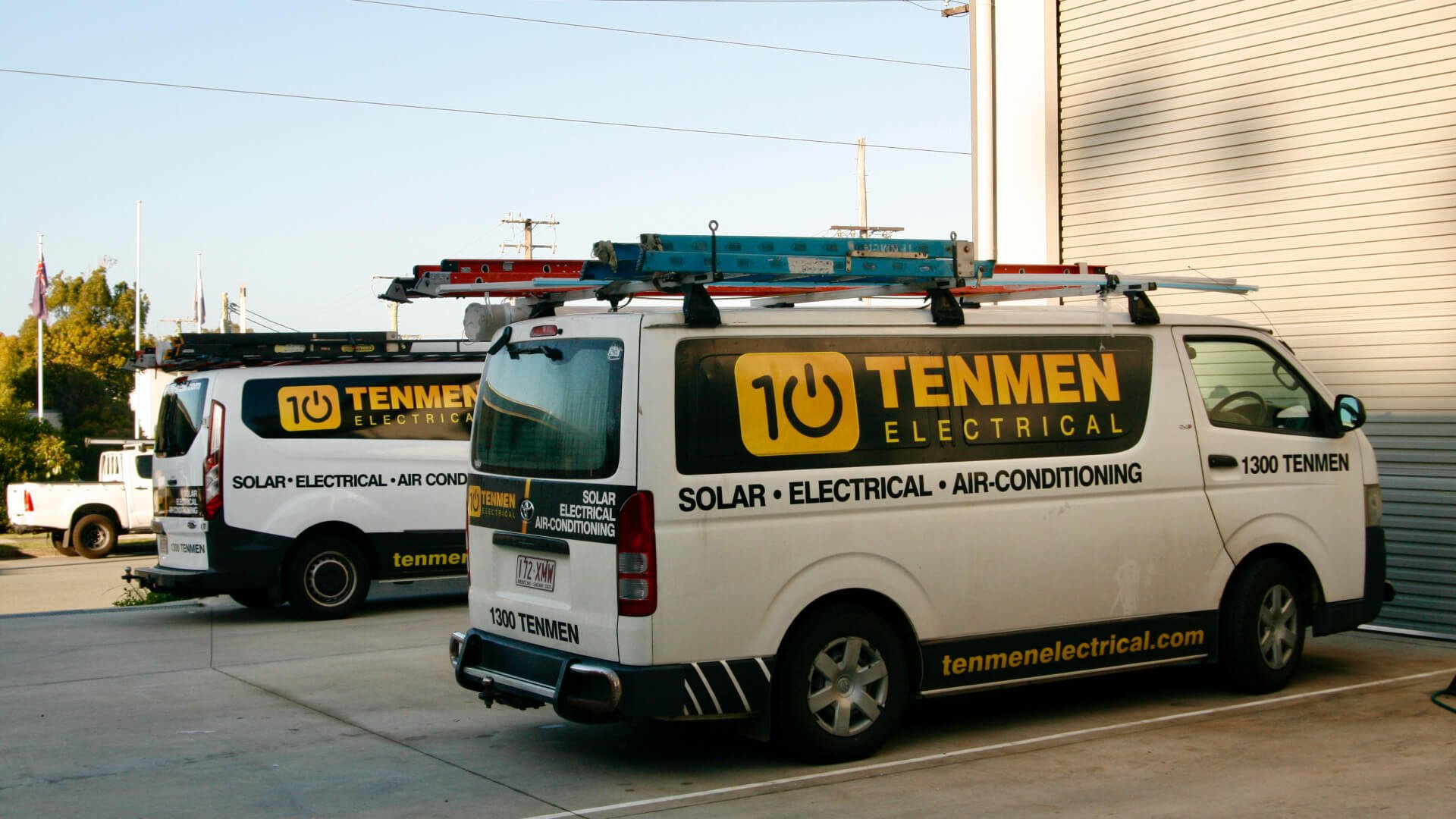Choosing the right air conditioner can make a world of difference in comfort, running costs, and even your home’s curb appeal. In Australia’s varied climate—scorching summers and chilly winters—many homeowners and businesses debate multi-head vs single-head split systems. Should you opt for a dedicated unit in each room (single split) or connect multiple indoor heads to one outdoor compressor (multi split)?
This guide cuts through the noise. We’ll explain how each system works, compare them head-to-head on everything from upfront cost to power consumption, and highlight the multi split vs single split air conditioner pros and cons. Whether you’re cooling a single bedroom or planning whole-home climate control, you’ll learn which setup delivers the best value, efficiency, and ease of use in an Australian context.
Key Takeaways
- Single split systems are often the best option for typical households in terms of cost and simplicity.
- They offer straightforward installation and minimal long-term maintenance.
- Multi split systems are useful when outdoor space is limited but come with higher complexity.
- Zoned cooling in multi splits adds flexibility but can drive up installation costs.
How Single-Split and Multi-Head Split Systems Work
Single-Split Systems
- Configuration: One indoor evaporator unit paired with one outdoor condenser/compressor.
- Operation: The indoor unit draws warm air from the room, cools it via refrigerant flow, and blows it back in; the outdoor unit expels heat outdoors.
- Use Cases: Ideal for single rooms or isolated zones—bedrooms, home offices, small retail areas.
- Benefits: Simple design means straightforward installation and independent control; you run only the unit you need, keeping energy waste to a minimum.
Multi-Head Split Systems
- Configuration: Multiple indoor units (“heads”) connected to a single outdoor compressor. Common setups range from 2- to 5-head systems.
- Operation: When any indoor head calls for cooling or heating, the outdoor unit adjusts output, sending refrigerant through dedicated lines to that head. You can run any combination of heads simultaneously.
- Use Cases: Whole-home or multi-room applications where exterior space is limited—apartments, townhouses, or offices with several rooms.
- Benefits: One outdoor unit saves exterior space and keeps the façade uncluttered; each indoor head still offers individual temperature control.
Single Split vs Multi Split Systems Comparison
| Factor | Single-Split | Multi-Head Split |
|---|---|---|
| Upfront Cost | • Lower cost per indoor-outdoor pair • Simple units mass-produced for affordability | • Premium outdoor compressor designed for multiple zones • Higher equipment & specialised install fees |
| Energy Efficiency | • Right-sized for one room — minimal standby loss • Excellent COP/SEER ratings on each unit | • Zone control avoids cooling unused rooms • Inverter outdoor excels under moderate–high load, slight part-load penalty when only one head runs |
| Installation Complexity | • Quick ‘back-to-back’ installs with short pipe runs • Many electricians/HVAC techs qualified | • Multiple refrigerant lines from one outdoor — lengthy piping |
| Maintenance & Reliability | • Isolated fault – one unit down doesn’t affect others • Standard parts readily available | • Single point of failure — outdoor fault stops all zones • More intricate system diagnostics; parts can be pricier |
| Outdoor Footprint & Aesthetics | • One outdoor per head can clutter façades • Easier to conceal each small unit near its room | • Single outdoor unit keeps exterior clean • Larger footprint but easier to screen or hide altogether |
| Noise Profile | • Multiple small compressors — noise only where they run • Quiet indoor operation on each unit | • One larger compressor — can be positioned away from living spaces • Inverter modulation often yields lower overall noise when cooling several rooms |

Single-Split Air Conditioner Pros & Cons
Pros:
- Budget-friendly: Lower purchase price and simpler install keep upfront costs down.
- Installation savings: Quick hookups by most electricians—labour costs are generally 30–50% lower than multi-splits.
- Easy maintenance: Standard replacement parts are inexpensive; filter cleaning is a DIY task.
- Fault isolation: A single unit failure impacts only one room, ensuring the rest of your space stays comfortable.
Cons:
- Exterior clutter: Multiple outdoor units can crowd walls if you cool many rooms.
- Aggregate cost for many zones: Installing several units adds up, though still usually cheaper than a multi-split for up to 3 rooms.
- Separate controls: Each unit has its own remote or app—no central interface without extra hardware.
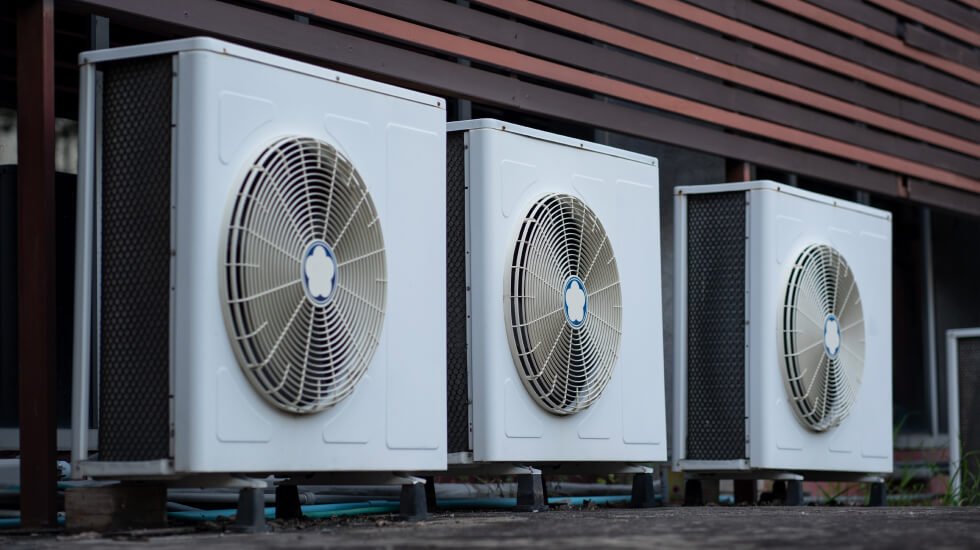
Multi-Head Split Systems Pros & Cons
Pros:
- Space-saving design: One outdoor unit for up to five rooms—ideal where exterior space or aesthetics are critical.
- Integrated zoning: Centralised compressor with independent room controls—streamlined appearance outside.
- Custom indoor heads: Mix wall-mount, ceiling cassette, or floor console units to match each room’s needs.
Cons:
- Higher upfront & install cost: Roughly 30–40% more expensive equipment and labor than equivalent single splits.
- Single point of failure: Outdoor unit downtime halts all indoor operation.
- Limited expansion: Outdoor port count caps future additions—planning for extra capacity raises initial costs.
- Complex servicing: Requires specialised technicians; parts and repairs are pricier.
Tenmen’s Case for Single-Split Systems: Simplicity and Cost-Effectiveness
From our experience over the past 10+ years in business, we’ve found that for most users, a regular single-split system often proves to be the better option. The reasons are:
- Cost-Effectiveness: The upfront costs of single-split systems are generally lower. The simpler design and installation process contribute to these savings.
- Simpler Installation: With only two main components, the installation of single-split systems is more straightforward. The centralised nature of the system reduces the need for extensive pipe work.
- Maintenance Simplicity: The fewer components and units in single-split systems make maintenance and fault finding simpler. Issues are confined to individual units, minimising the impact on the entire system.
That said, multi-head split systems can be a practical solution in specific scenarios, particularly when there’s limited space to install multiple outdoor units. In apartment buildings, townhouses, or homes with restricted external space, a multi-head setup allows for multiple indoor units to be connected to a single outdoor unit, offering flexibility without compromising on comfort.
Cost Considerations: The Illusion of Savings with Multi-Head Units
At first glance, the idea of sharing one outdoor unit for multiple indoor units might suggest cost savings. However, this can be deceptive. In reality, manufacturers often charge more for the central outdoor unit in multi-head systems, offsetting any perceived financial advantage.
Installation Complexities: Scattered Units vs. Centralised Design
One of the notable drawbacks of multi-head units lies in the installation process. With indoor units scattered throughout the house, extensive pipe work is required to connect them to the central outdoor unit. This complexity not only increases installation costs but also introduces challenges in creating an efficient and well-integrated system.
Maintenance and Faults: The Domino Effect in Multi-Head Systems
Maintenance and fault finding become more intricate with multi-head units. In the event of an issue, it’s not confined to a single unit. Instead, problems in one unit can cascade to affect all connected units. This domino effect complicates fault diagnosis and may leave users with a situation where none of their air conditioning units are functioning correctly.
FAQ
What is the difference between single-split and multi-split air conditioners?
A single-split air conditioner uses one indoor unit paired with one outdoor compressor to cool or heat a single room at a time. In contrast, a multi-split (or multi-head) system connects two to five indoor units to one central outdoor compressor, letting you independently control the temperature in multiple rooms while sharing a single outdoor unit.
What are the advantages and disadvantages of multi-split air conditioners?
Multi-split systems shine when you need to cool several rooms but have limited space outside—just one outdoor unit handles multiple zones and keeps your façade uncluttered. Each head can be sized and controlled separately, so you can tailor comfort room by room. On the flip side, you’ll pay a premium for that central outdoor unit, installation is more complex (long pipe runs to each head), and if the outdoor compressor fails, every indoor unit goes offline until it’s fixed.
Does a multi-split AC consume less electricity than running multiple single-split units?
When you cool two or more rooms simultaneously, a multi-split often uses less power overall than the equivalent number of single-splits, because one inverter-driven compressor can adjust more efficiently to the combined cooling demand. However, if you typically run only one room at a time, a right-sized single-split will usually draw slightly less power at low load than a large multi-compressor throttling down for one head.
Can I use one split AC to cool more than one room?
Technically, you can’t stretch a single-split indoor head to cover two separate rooms unless they’re very small and open to each other. For proper cooling of two or more distinct zones, you need a multi-split system with multiple indoor units or separate single-splits in each room. Trying to cool multiple enclosed spaces with one head leads to uneven temperatures and overworked equipment.
Do I need a split AC unit in every room?
You only need a unit in each room you plan to regularly occupy and keep at a specific temperature. If there are rooms you rarely use—storage spaces, guest rooms, or hallways—skip installing AC there to save on equipment and running costs. Both single and multi-split systems let you switch off unused heads, so focus your budget on the areas where you spend the most time.
Is it okay to run a split AC all day?
Yes, as long as the system is correctly sized and well maintained, you can run a split AC continuously. Modern inverter models will ramp down and maintain temperature efficiently once your set point is reached. To keep bills reasonable, set thermostats around 24°C in summer, use timers or smart controls to avoid needless run times, and clean filters regularly to maintain airflow and efficiency.
Conclusion: Making an Informed Decision
Ultimately, choosing between a single-split and a multi-split air conditioner comes down to factors like cooling needs, available space, budget, aesthetics, energy efficiency, noise levels, and maintenance requirements. While multi-head systems offer a space-saving advantage, single-split systems often emerge as the preferred choice for those who prioritise cost-effectiveness, simpler installation, and easier maintenance.
Reach out to Tenmen, your local Sunshine Coast electrical and HVAC experts, for a free assessment. We’ll help you choose the right single-split or multi-split solution and make sure you get the right system for your needs!


